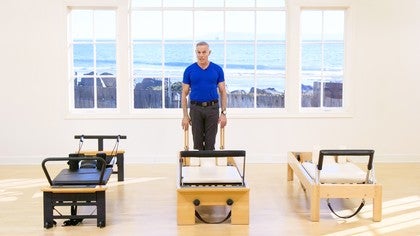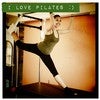Description
Learn about the history of the equipment and the springs with Kevin Bowen. He offers interesting tidbits that you may not know, and talks about how we use the springs and why they are important. You will see the differences between three different brands so you can learn how to make necessary adjustments for your own workouts.
Read our in-depth blog post to learn about the springs we use in many of our videos.
Read our in-depth blog post to learn about the springs we use in many of our videos.
What You'll Need: Reformer w/Box
About This Video
Workshops: Free Workshops
Comments
Skip to Latest
Kevin, that was very informative and concise. Like you, I think the history of the equipment itself would be so great to discuss. Maybe that could be a separate tutorial. I think it would also be wonderful to see key exercises being done on the three reformers to people can really see the difference. I know there are lots of variables involved but would be fun.
9 years ago
1-10 of 58
You need to be a subscriber to post a comment.
Please Log In or Create an Account to start your free trial.












































